It is difficult to talk about mobile communication without thinking about that little well-known piece of plastic of slightly more than one square centimetre supplied for you by your mobile phone company, which gives you the “power” of being connected. And that’s because it’s been around from the very first mobile models until the latest. This piece of technology is called the SIM card.
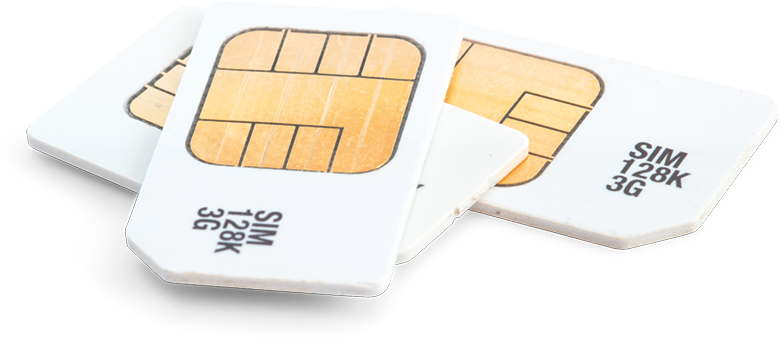
The Subscriber Identity Module, or SIM card, is the chip that manages the connection to the mobile network. It is equipped with a proprietary operating system, memory and certain security features. The SIM card interacts with the mobile network, identifies and authenticates the device, then opens the communication channel. The chip stores information such as the unique identifier ID, subscriber information, numerical codes to access the primary network provider and extra codes for networks other than the main one, used for roaming.
The development of technology in the field of mobile telephony over the last 15 years has made SIM technology well known in the domestic environment, as shown by the integration of mobile phone use in our daily lives at the level of real need. However, with the recent expansion of the Internet of Things (IoT), which connects not only people but people with the devices themselves for farther interaction with the environment, the use of SIM cards in the industry is being expanded into new fields of communications via this same technology.
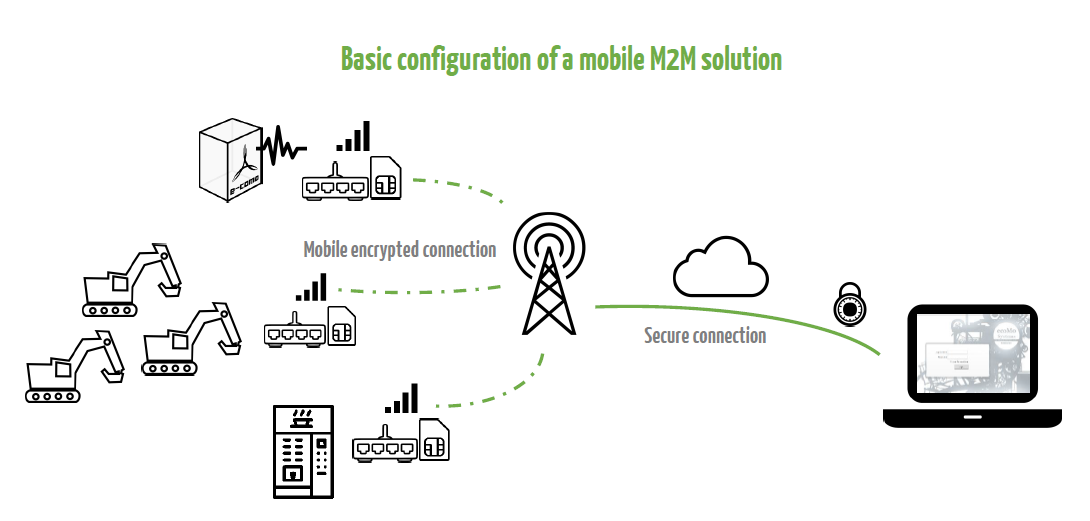
It has been shown that communication between devices, so-called machine-to-machine (M2M), has many advantages in business resulting in greater control of activities and consequently greater efficiency in the services provided, leading to higher profits. Examples of applications include monitoring a fleet of delivery trucks, control of climatic conditions in a plantation and measuring air quality on a construction site. However, before reaching this final step of the benefits provided, the advantages of M2M have to be well chosen along with the best suited tariff for the SIM card data traffic.
IoT devices
An IoT device is not a mobile phone. Both use a SIM card to access mobile networks but for different reasons. A mobile phone is a consumer device for people to interact with each other, whereas an IoT device is for communicating with machines. In addition, there will usually be several SIM cards, one for each component in the fleet; they need to have 24/7 network availability; almost total coverage; and be operable for at least 10 years, without needing to be replaced, despite the evolution in SIM card technology which shows significant advances every 2 years or so.
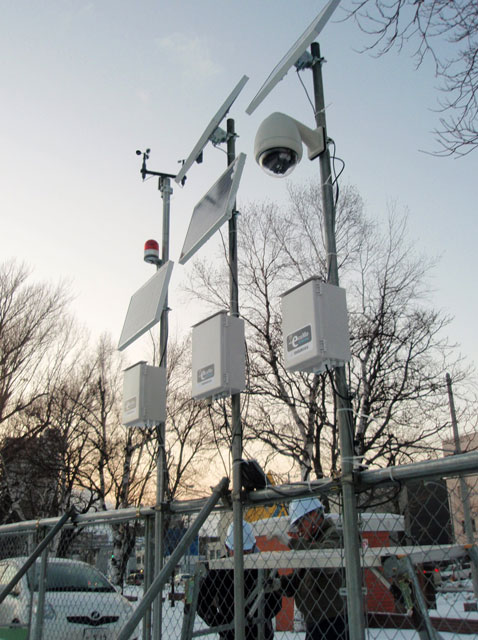
Thus, it’s almost impossible to talk about the device itself, irrespective of the technology required to meet its specifications, without mentioning how it connects with the outside world, so close is the relationship between them. And this leads directly to the next question:
Which is the best tariff?
At Nihon Kasetsu, we offer a tariff contract based on the estimated volume of data with the flexibility to modify this according to the actual use in the first few months. We also offer advice in choosing the best data transmission provider based on the networks they offer, local availability in the working location and roaming conditions, if needed; for example, if moving from place to place, as in monitoring transport.
Choosing the best tariff requires having information about many different areas. Nihon Kasetsu makes this information available to customers to help them choose the most appropriate option for them.

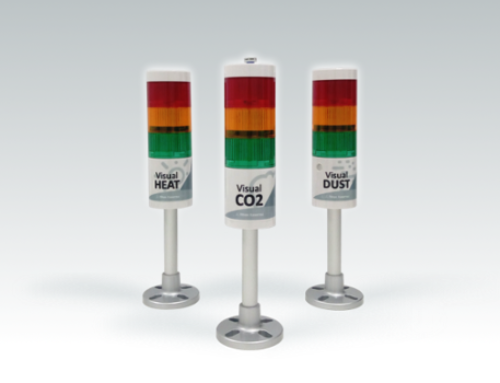

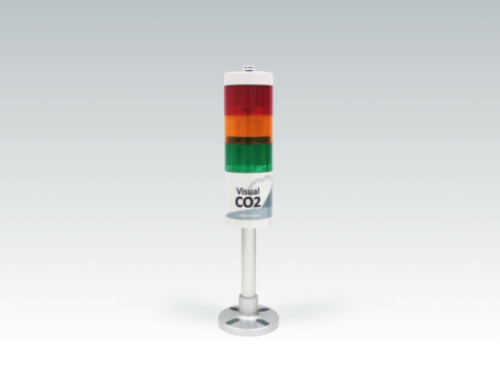
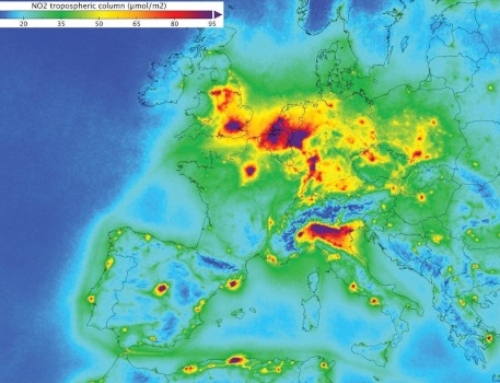

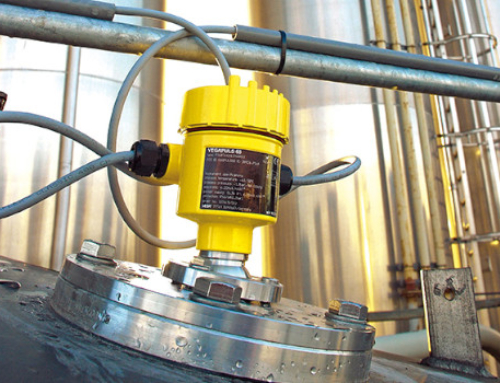
Leave A Comment